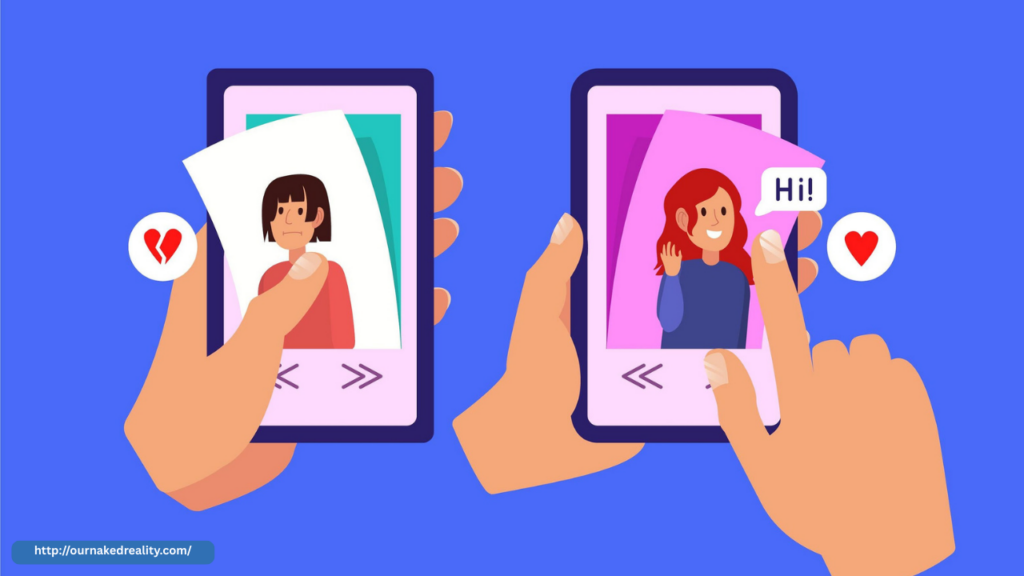
In the age of smartphones and instant connectivity, dating has undergone a radical transformation. Traditional courtship, once marked by slow emotional buildup, face-to-face encounters, and social introductions, has given way to swipes, likes, and algorithm-based matches. Dating apps like Tinder, Bumble, Hinge, and Grindr have redefined not only how people meet, but how they think about love, attraction, and compatibility.
The Rise of Digital Romance
The launch of Tinder in 2012 revolutionized online dating by gamifying the process—swipe right if you’re interested, left if you’re not. This simple mechanic brought dating into the mainstream for younger generations. Apps became more than a means of finding a partner; they evolved into social platforms for flirting, chatting, and validating one’s attractiveness.
Unlike traditional dating methods that relied heavily on mutual connections or chance encounters, dating apps offer an endless pool of potential partners. With a few swipes, users can connect with someone miles away or just around the corner. This accessibility has expanded the possibilities for who we meet and how we fall in love.
Changing the Rules of Courtship
Dating apps have turned courtship into a fast-paced, user-driven experience. Instead of gradually getting to know someone in person, users often base their decisions on a few photos and a short bio. First impressions are instantaneous and primarily visual. This shift places a high emphasis on physical appearance, which can sometimes overshadow deeper compatibility.
Moreover, traditional markers of romantic progress—like asking someone out in person or building rapport over time—are now often replaced with casual texting, emojis, and ghosting. The immediacy of app-based communication can blur the lines between genuine interest and superficial interaction, leading many users to experience dating fatigue, confusion, or frustration.
Redefining Compatibility
While dating apps are often criticized for promoting shallow connections, they also offer tools to foster compatibility. Apps like Hinge and OkCupid use questionnaires, prompts, and algorithms to help users find matches based on shared interests, values, or goals. This has made it easier for people with niche preferences or lifestyles—such as veganism, religion, or political beliefs—to connect with like-minded partners.
Additionally, apps have helped increase inclusivity in the dating world. Platforms now cater to LGBTQ+ communities, people with disabilities, and various cultural or religious groups. This has opened doors for more people to find love in spaces that are affirming and tailored to their needs.
The Double-Edged Sword
Despite their convenience, dating apps also pose challenges. The abundance of choice can lead to the “paradox of choice”—where having too many options makes it harder to settle on one person. Some users develop a habit of constantly searching for someone “better,” which can undermine emotional investment and long-term commitment.
Moreover, anonymity and distance on apps can lead to dishonest behavior, catfishing, or harassment. Users must often navigate safety concerns and emotional risks, which were less prominent in traditional dating scenarios.
Conclusion
Dating apps have undeniably redefined courtship for the modern era. They offer unprecedented access to potential partners and flexibility in how we pursue romance. But they also challenge traditional notions of connection, intimacy, and authenticity. As society continues to adapt to digital dating, the key will be balancing convenience with emotional depth—ensuring that love, even in a digital world, remains meaningful and real.